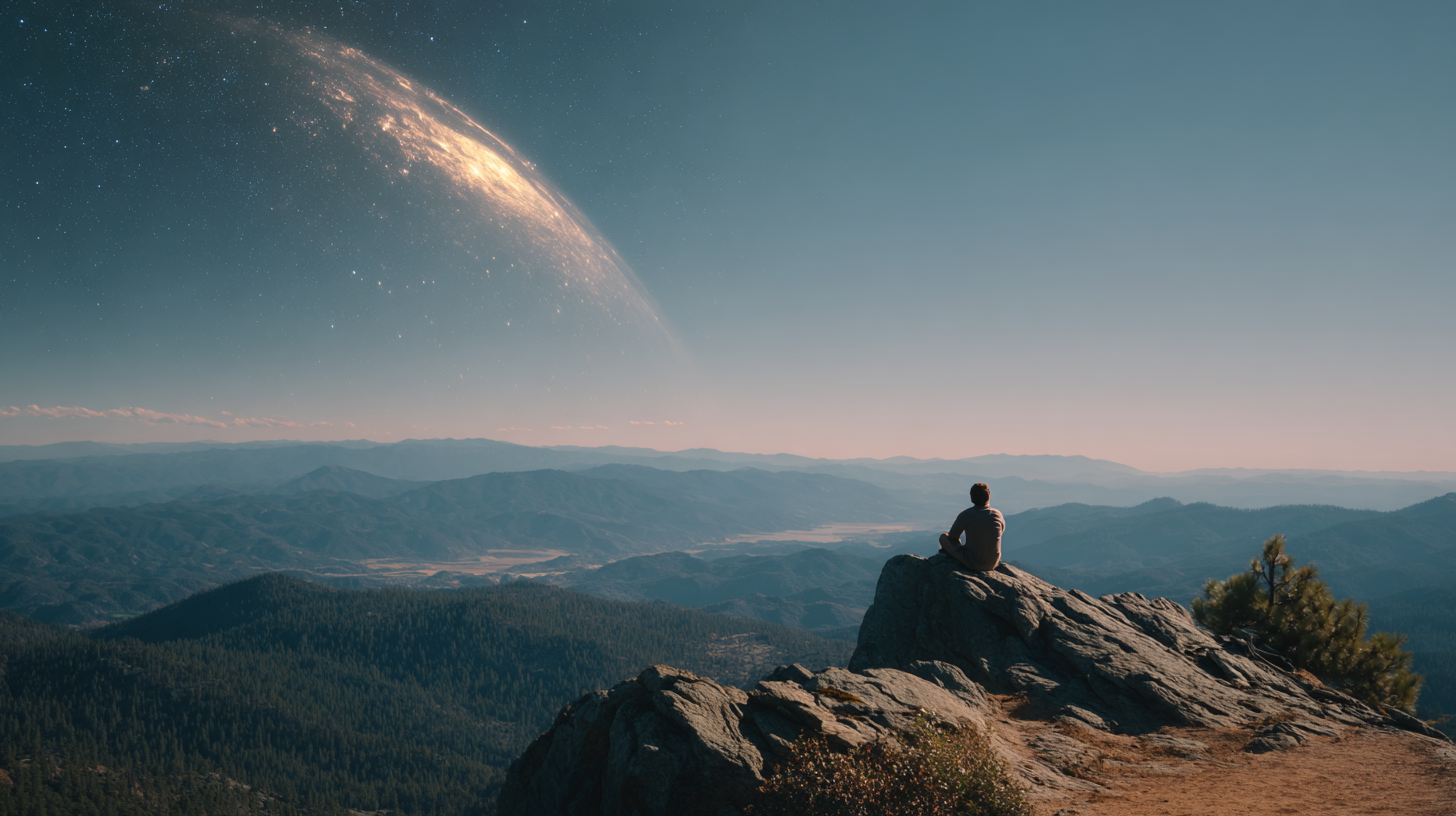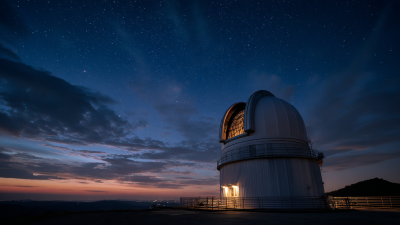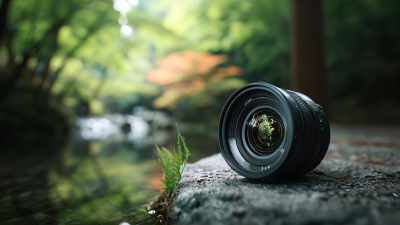Stargazing has captivated humanity for centuries, offering a profound connection to the cosmos and a glimpse into our place within it. According to the International Dark-Sky Association, urban light pollution has increasingly obfuscated our view of the night sky, with over 80% of North Americans unable to see the Milky Way from their homes. To counter this phenomenon, enthusiasts are turning towards innovative solutions such as the Planet Observatory, an advanced platform that transforms stargazing into an interactive, informative experience. By utilizing cutting-edge technology and extensive astronomical data, the Planet Observatory provides users with real-time celestial mapping, educational content, and user-friendly tools to enhance their observation sessions. This guide will explore how to maximize your stargazing adventures with Planet Observatory, ensuring you not only observe the stars but also understand and appreciate the wonders they hold.
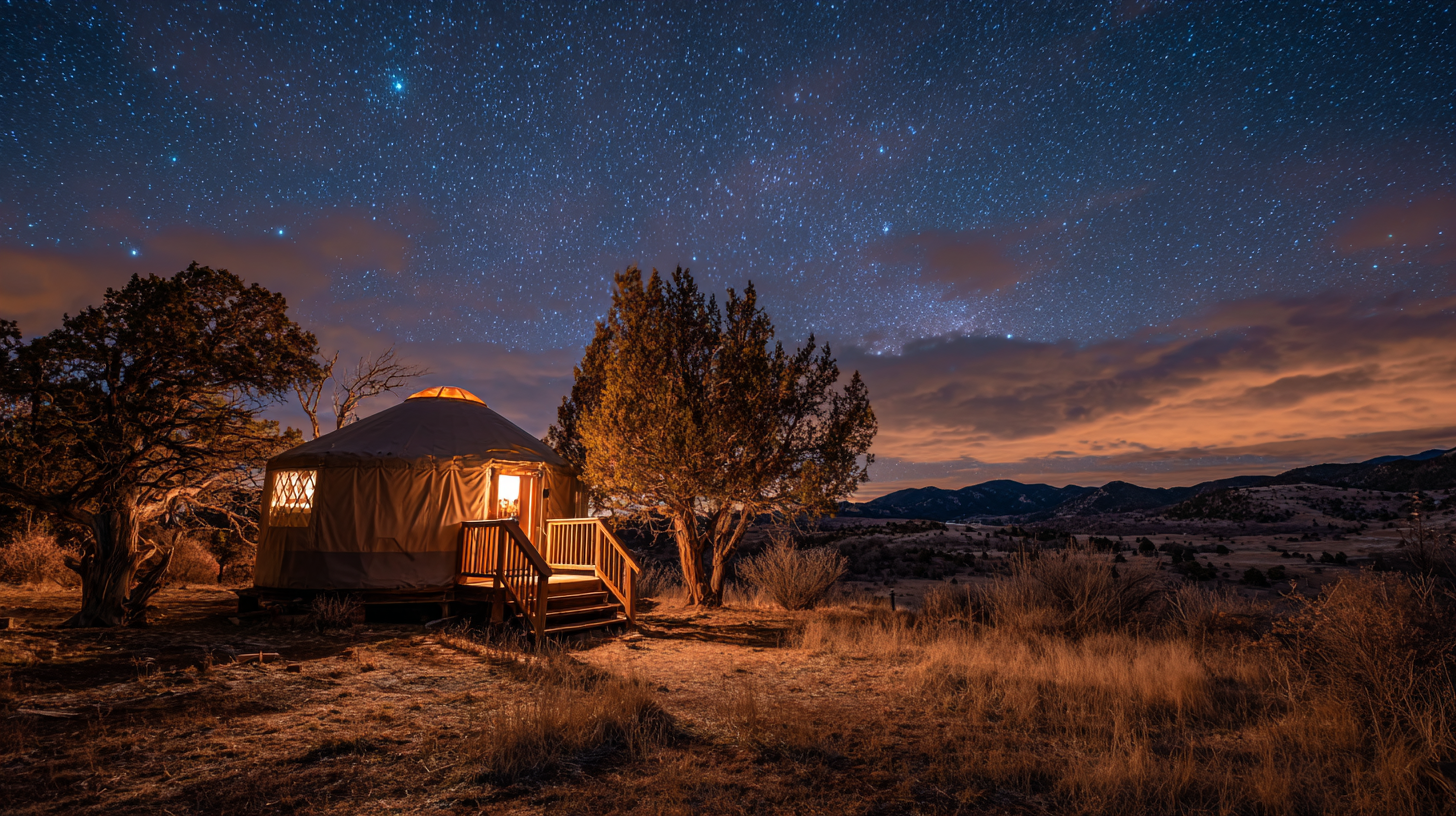
When it comes to stargazing, the location you choose can significantly enhance your experience. The key is to find a spot that is far from the bright lights of urban areas. Light pollution can obscure your view of celestial bodies, making it difficult to appreciate the wonders of the night sky. Look for areas designated as dark sky parks, where regulations are in place to minimize light interference. These locations often offer clearer views and a better atmosphere for enjoying the stars.
**Tips:** Consider elevation when selecting a stargazing site. Higher altitudes typically mean thinner atmospheres, which can lead to clearer skies and less atmospheric distortion. Additionally, choose a night with minimal moonlight for a darker sky. Use apps that provide information on celestial events, so you can plan your stargazing nights around meteor showers or planetary alignments. Don’t forget to check the weather forecast; clear skies are essential for optimal viewing.
Lastly, think about accessibility and comfort. Choose a location that is easy to reach while providing amenities such as restrooms or picnic areas. Bringing along comfortable seating, warm clothing, and snacks can significantly enhance your enjoyment as you settle in to gaze at the stars. Whether you're observing constellations or searching for shooting stars, the right location sets the stage for an unforgettable stargazing adventure.
When preparing for a night of stargazing, having the right equipment is crucial for maximizing your experience. According to a report by the International Dark-Sky Association, light pollution is a significant barrier to clear night sky observations, affecting nearly 80% of the world's population. This emphasizes the importance of selecting a site with minimal artificial light to enhance your stargazing experience. A good quality telescope, like those with a minimum aperture of 4 inches, can vastly improve your ability to view celestial phenomena; they allow for deeper sky observations, enabling you to see fainter objects that the naked eye cannot catch.
In addition to a sturdy telescope, binoculars can be an excellent alternative for casual stargazers. Research from the Astronomical Society suggests that 10x50 binoculars provide a perfect balance between magnification and field of view, making it easier to spot star clusters and binary stars. Don't forget to pack essential accessories such as a star map or astronomy app on your smartphone, which can guide you in identifying constellations and planets. Furthermore, a comfortable reclining chair and blanket can greatly enhance your comfort level, allowing you to relax and fully absorb the breathtaking wonders of the universe above.
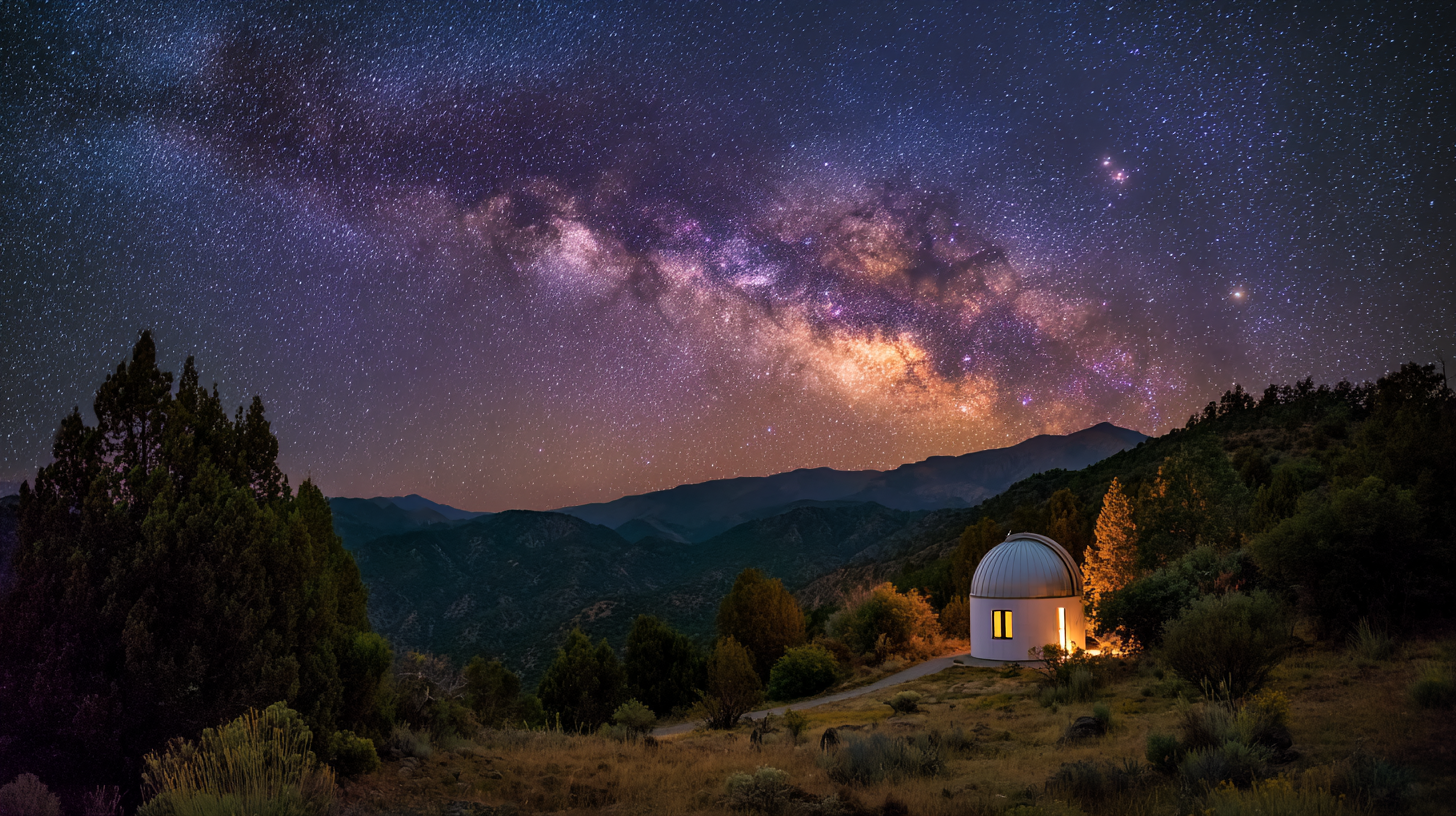
To truly enhance your stargazing experience at a planet observatory, minimizing light pollution is essential. The first step is to choose your location wisely. Look for observatories situated away from urban areas where streetlights and building illuminations can hinder your view. Even nearby towns can contribute to light pollution, so seek out places in rural settings or designated dark sky parks. Websites and apps that map light pollution levels can help you find the ideal spot.
Once you have selected your observatory location, consider adjusting your own habits to further reduce light exposure. Arrive at least 30 minutes before darkness falls and allow your eyes to adapt to the low light; this adaptation is crucial for seeing fainter stars and celestial objects. Using red LED lights instead of white ones can help maintain your night vision while providing enough illumination to navigate. Additionally, encouraging friends and fellow stargazers to limit their use of electronic devices can create a more immersive experience, allowing everyone to better appreciate the wonders of the night sky.
This bar chart illustrates the different factors affecting stargazing visibility. Each factor is rated on a scale from 0 to 10, with higher values indicating greater impact on visibility. Reducing light pollution, choosing an optimal location, and considering time of night can significantly enhance your stargazing experience.
Stargazing can be a mesmerizing experience, especially when enhanced by modern technology. With an array of apps designed for astronomy enthusiasts, you can effortlessly identify constellations, planets, and even satellites. Apps like SkySafari or Star Walk offer real-time tracking of celestial bodies, giving you an immersive experience. Simply point your smartphone at the sky, and watch the stars come alive with detailed information at your fingertips.
Tip: Consider using a light pollution map app to find the best stargazing locations near you. This will help you escape the urban glow and experience the night sky in all its glory.
Additionally, utilizing augmented reality (AR) features in stargazing apps can deepen your understanding of the universe. By overlaying information about stars and planets onto your real-time view, you gain insight into the stories and science behind what you see.
Tip: Keep your apps updated to access new features and enhancements regularly, ensuring you're always equipped with the latest tools for your astronomical adventures.
When planning your stargazing sessions, aligning your schedule with celestial events can transform a simple night under the stars into an unforgettable experience. Celestial events such as meteor showers, lunar eclipses, and planetary alignments occur throughout the year, providing unique opportunities to witness the wonders of the universe. Keeping track of these events will allow you to maximize your time and immerse yourself in the awe of the cosmos. Websites and apps can offer updates on upcoming events, ensuring you don’t miss out on a spectacular show.
To get the most out of your stargazing experience, consider the optimal conditions for viewing. Look for dark skies away from city lights, and choose nights with minimal moonlight, as a bright moon can obscure fainter celestial objects. Bringing along a telescope or binoculars can enhance your view of planets and distant stars, while a good blanket and warm clothes can keep you comfortable as you lie back and gaze up at the sky. Joining local astronomy clubs or observatories can provide valuable resources and group events to share in the excitement of celestial phenomena.
